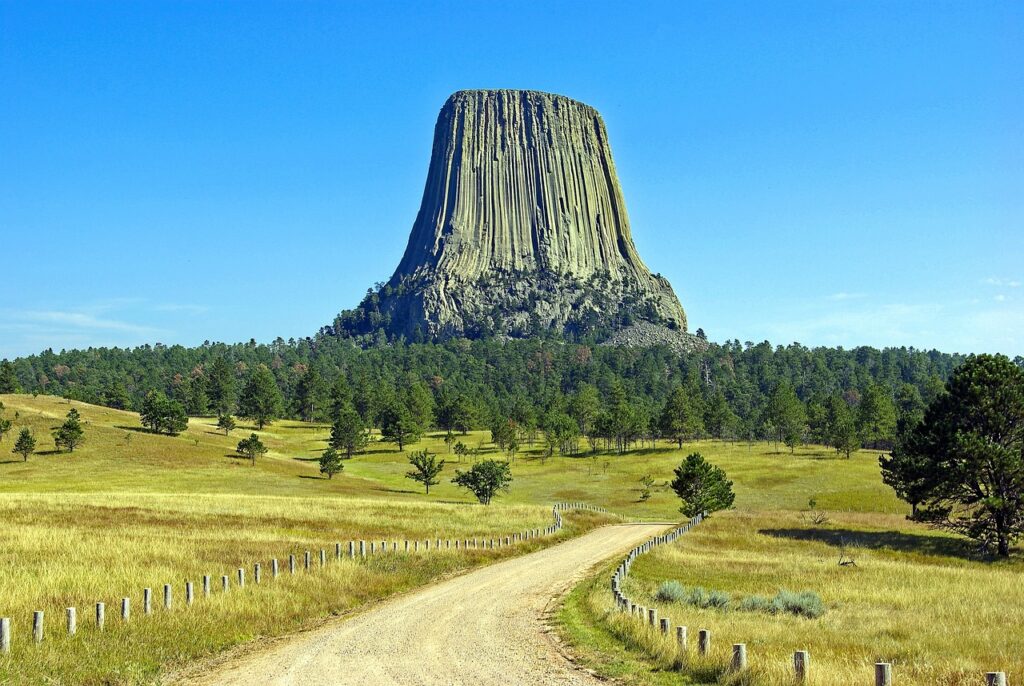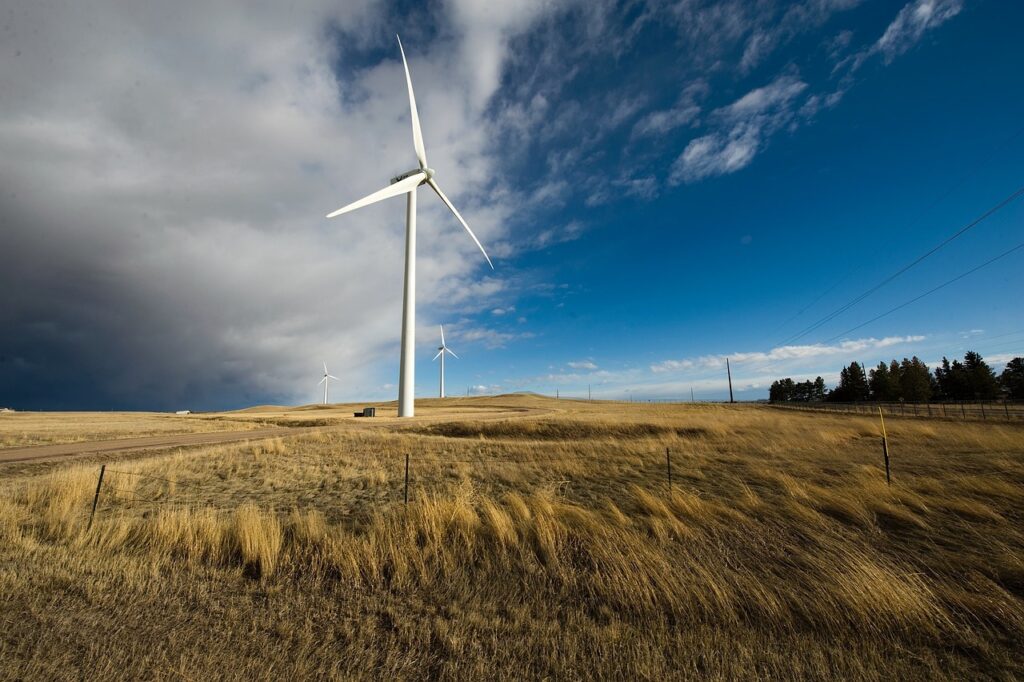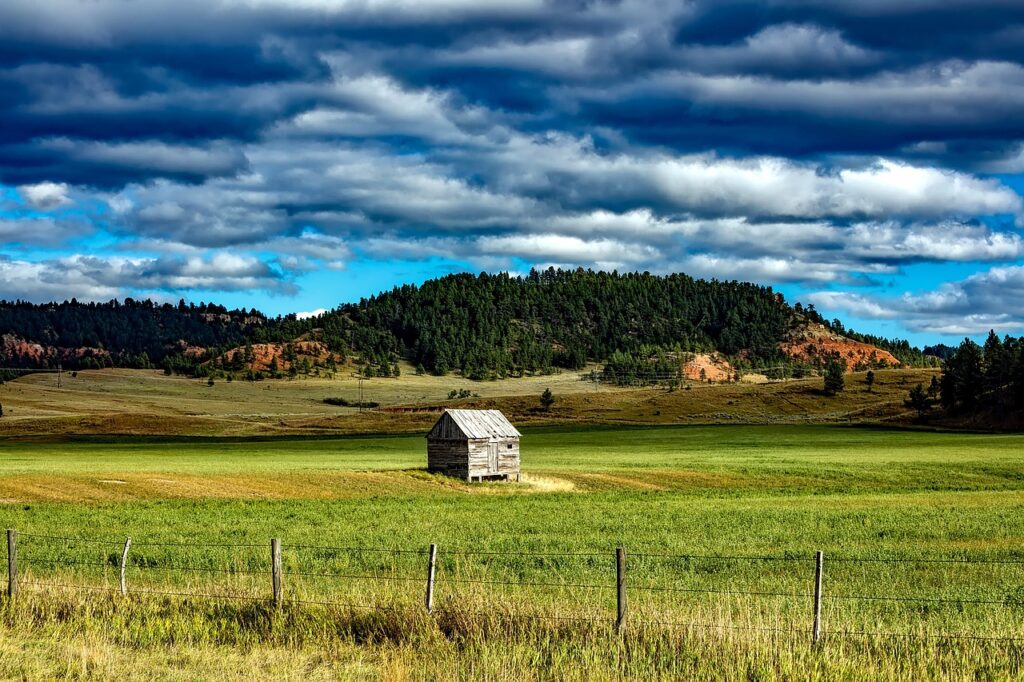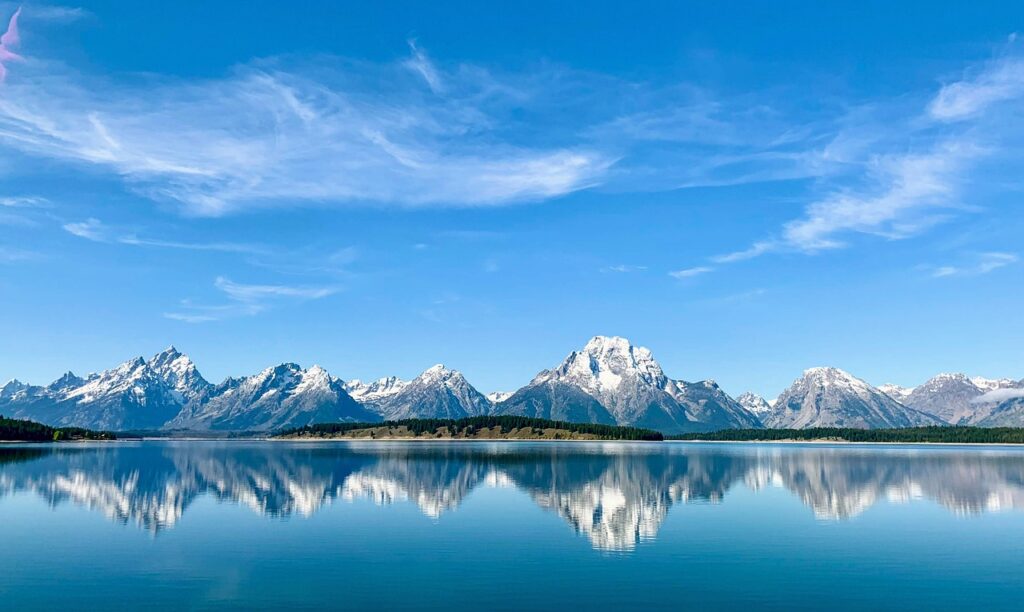Wyoming
Wyoming: The Cowboy State
Situated in the Mountain West subregion of the Western United States, Wyoming is a state with a rich historical past, picturesque landscapes, and a thriving economy. This unique state, with its numerous natural attractions, diverse climate, and progressive social norms, has its own allure that sets it apart from the rest of the country.
Overview
Wyoming, a state located in the Mountain West region of the Western United States, is characterized by its expansive landscapes and sparse population. Despite being the 10th largest by area, Wyoming is the least populous state in the nation, with the second-lowest population density after Alaska. The state capital and most populous city is Cheyenne, which had an estimated population of 63,957 in 2018.
Geography
Wyoming’s diverse geography is marked by the Rocky Mountains in the western half and the high-elevation prairie known as the High Plains in the eastern half. The state’s climate varies from semi-arid to continental with greater temperature extremes. Almost half of the land in Wyoming is owned by the federal government, and is typically set aside for public uses.

Climate
Wyoming’s climate is generally semi-arid and continental, and is drier and windier in comparison to most of the United States with greater temperature extremes. Interestingly, the lower areas in the North and on the eastern plains of Wyoming have a semi-arid climate, while some mountain areas receive a good amount of precipitation, much of it as snow.
Location and Size
Wyoming is the 10th largest state in the United States in total area, containing 97,814 square miles (253,340 km2). It is bordered by several states, including Montana to the north and northwest, South Dakota and Nebraska to the east, Idaho to the west, Utah to the southwest, and Colorado to the south.
Natural Landforms
Wyoming boasts a variety of natural landforms, from mountain ranges and basins to islands. The Great Plains meet the Rocky Mountains in Wyoming, making it a great plateau broken by many mountain ranges. The state is also home to 32 named islands, the majority of which are located in Jackson Lake and Yellowstone Lake within Yellowstone National Park.

History
Indigenous peoples inhabited Wyoming for thousands of years, including the Arapaho, Crow, Lakota, and Shoshone. The state’s historical timeline includes European exploration, Spanish and Mexican control, and later, U.S. territory status after the Mexican-American War. The state’s name, “Wyoming,” was introduced to Congress in 1865 for the territory of Wyoming, derived from the Lenape language word meaning “at the big river flat”.
Demographics
As of the 2020 United States census, Wyoming’s population was 576,851, making it the least populous state in the country. The state’s population is predominantly white, with a small percentage of American Indian and Alaska Native, Black or African American, Asian American, and Native Hawaiian or Pacific Islander residents.

Economy and Infrastructure
Wyoming’s economy is largely driven by the mineral extraction industry and the travel and tourism sector. The state enjoys a business-friendly tax climate, with no individual or corporate income tax, and a low property tax rate. Wyoming is also known for its robust agriculture sector, producing commodities such as livestock, hay, sugar beets, wheat, and wool.
Government and Politics
The Wyoming State Government is divided into three branches: executive, legislative, and judicial. The state has only one at-large seat in the U.S. House of Representatives, and hence only three votes in the Electoral College. Politically, Wyoming is a predominantly Republican state, with a strong conservative presence in the state’s congressional delegation.
Culture
Wyoming’s culture is deeply rooted in its western and agricultural heritage. The state is known for its rodeos, cowboy culture, and outdoor recreational activities. The state also takes pride in being the first in the nation to grant women the right to vote and to elect a woman governor.

State Symbols
Wyoming’s state symbols reflect its unique heritage and natural beauty. The state flower, the Indian paintbrush, paints a vibrant picture of Wyoming’s diverse flora. Other state symbols include the state bird (the meadowlark), the state mammal (the buffalo), and the state tree (the plains cottonwood).
Wyoming, with its diverse landscapes, rich history, and unique culture, offers a fascinating glimpse into the American West. From the snow-capped peaks of the Rocky Mountains to the vast plains of the High Plains, Wyoming is a state that truly embodies the spirit of the frontier.
